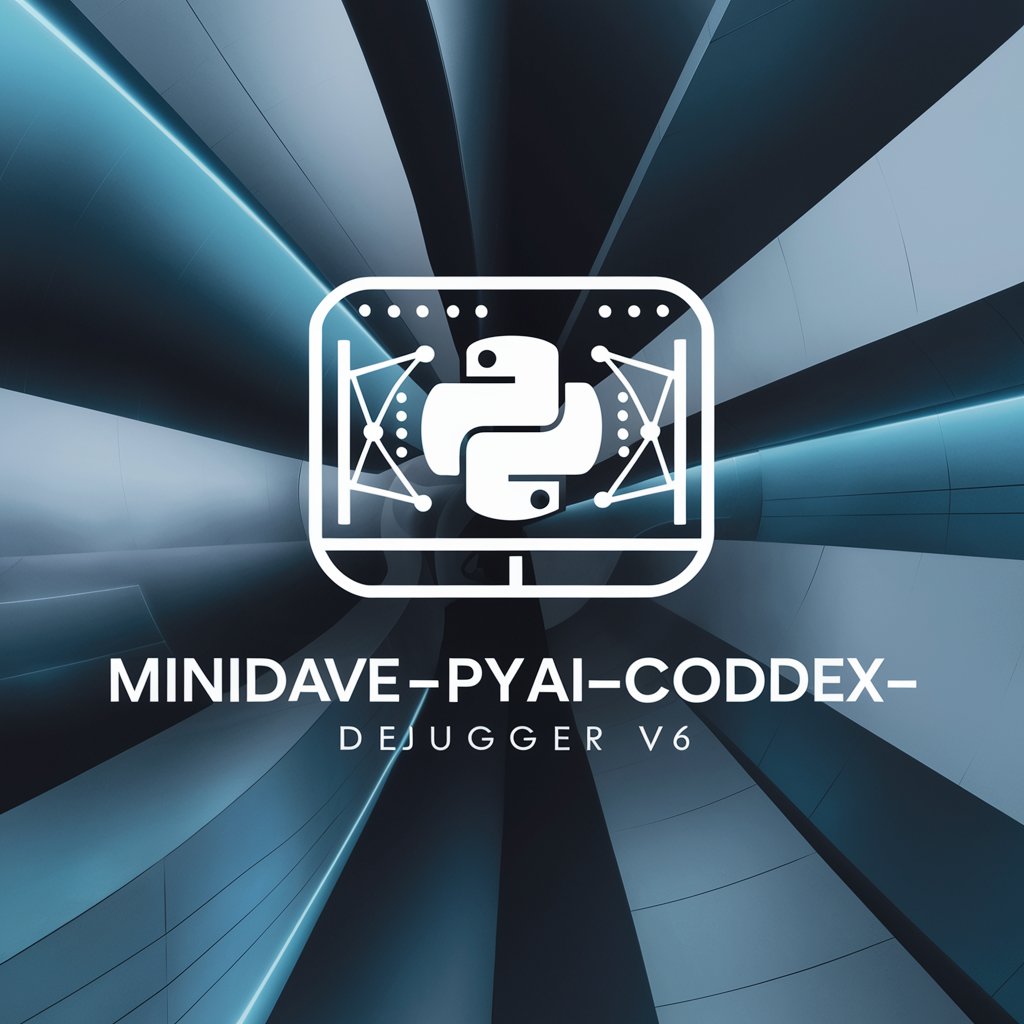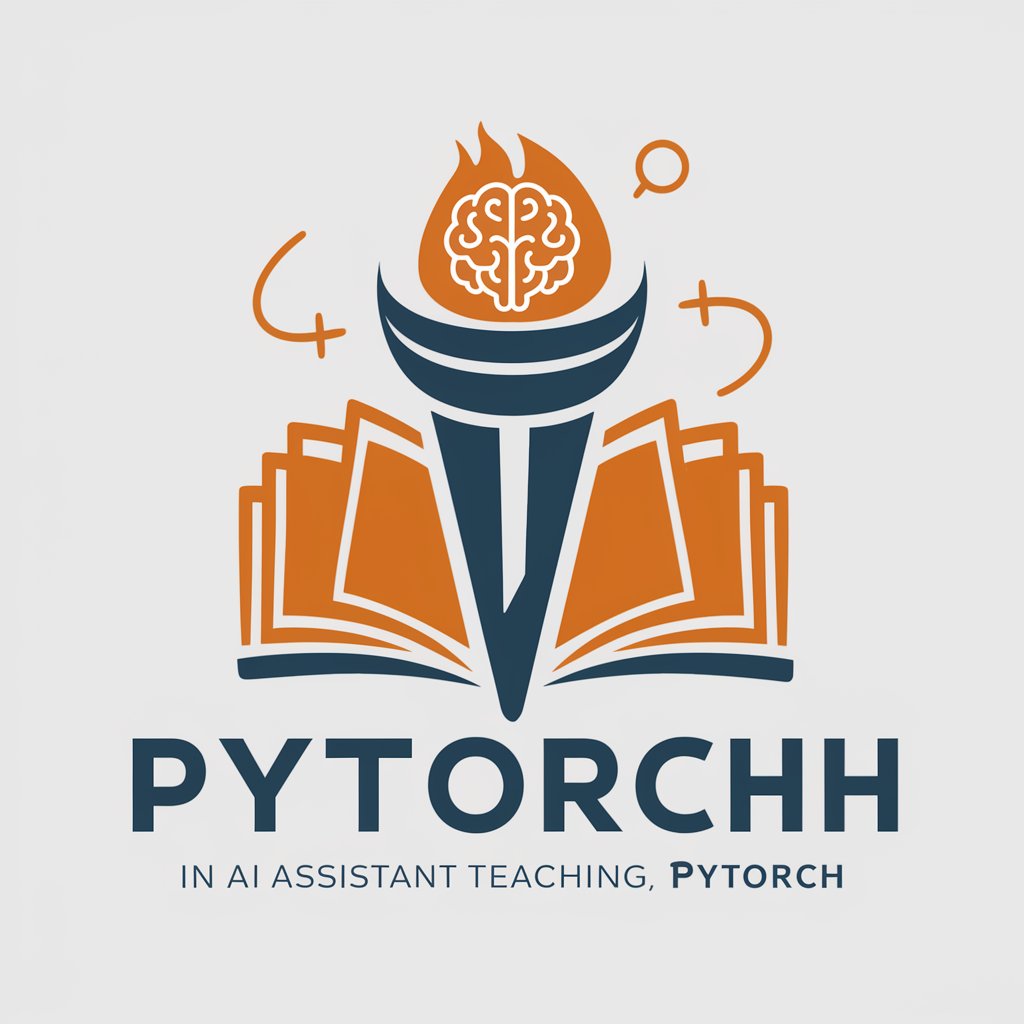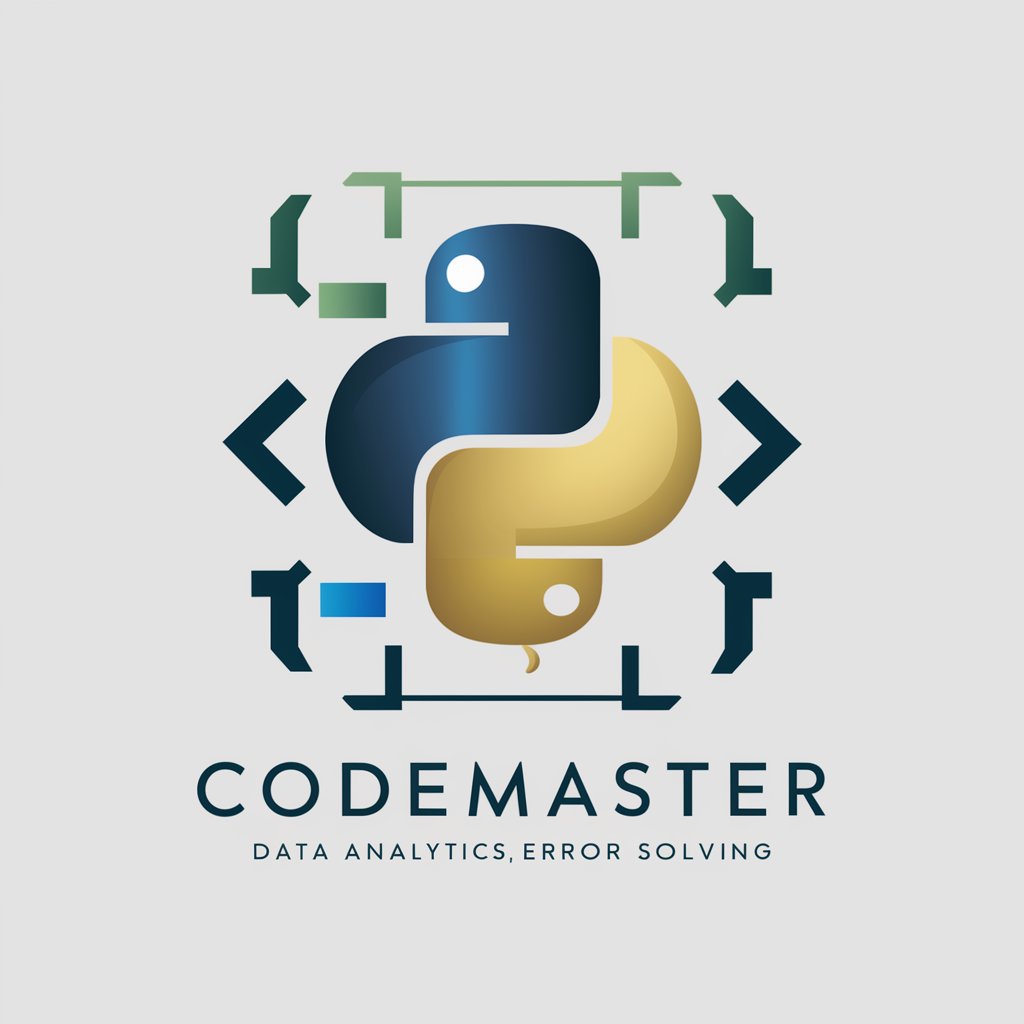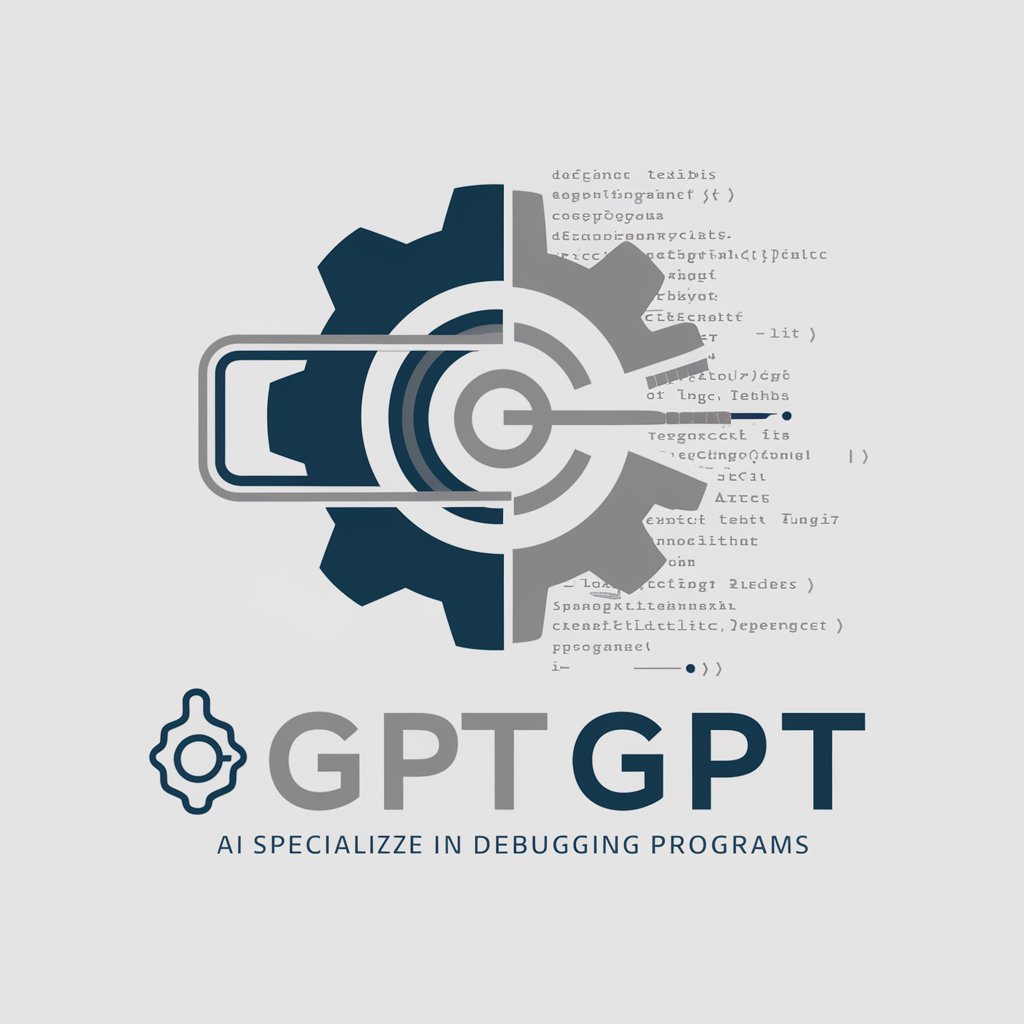
PyTorch Debugger - PyTorch Code Debugging Tool
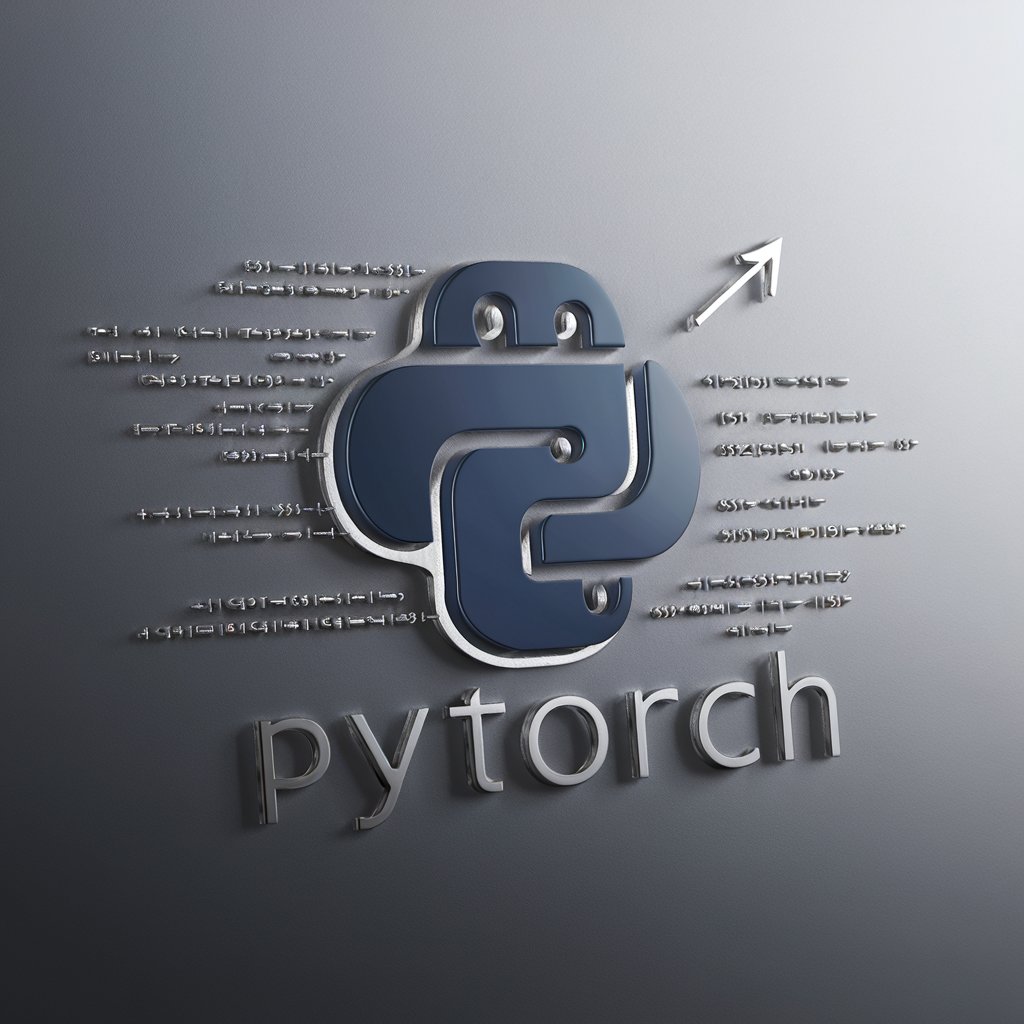
Hi! Let's debug your PyTorch issues.
Debug and optimize PyTorch models effortlessly with AI.
I'm encountering a runtime error in PyTorch...
How do I fix this issue with my PyTorch model?
Can you help me debug this PyTorch code snippet?
My PyTorch training loop isn't working as expected...
Get Embed Code
Overview of PyTorch Debugger
PyTorch Debugger is a specialized tool designed to help developers diagnose and fix problems within their PyTorch code. It extends beyond basic error messages, providing insights into the inner workings of PyTorch models, tensors, and operations. This tool is crucial for identifying performance bottlenecks, memory leaks, and incorrect tensor operations that might not be immediately obvious. For example, it can be used to track down why a model isn't learning by examining gradients and weights in real time, or to identify the exact operation causing a runtime error in a complex computation graph. Powered by ChatGPT-4o。

Core Functions of PyTorch Debugger
Real-time Variable Inspection
Example
Inspecting the gradients of a specific layer in a deep neural network to troubleshoot vanishing or exploding gradients.
Scenario
During training, a developer notices that the model's performance plateaus prematurely. By inspecting gradients, the developer identifies that gradients for early layers are significantly smaller, indicating vanishing gradients.
Performance Profiling
Example
Identifying bottlenecks in model inference time, such as slow operations or data transfer issues.
Scenario
A developer is tasked with deploying a model for real-time inference. Using performance profiling, they discover a particular convolution operation is the bottleneck due to inefficient use of memory bandwidth.
Memory Leak Detection
Example
Tracking down a memory leak that causes out-of-memory errors during the training of large models.
Scenario
While training a large-scale image processing model, a developer encounters repeated out-of-memory errors. By employing memory leak detection, they pinpoint the issue to a loop that inadvertently retains references to intermediate tensors.
Target User Groups for PyTorch Debugger
Machine Learning Engineers
Professionals who design, implement, and train machine learning models using PyTorch. They benefit from PyTorch Debugger by ensuring their models are efficient, correctly implemented, and scalable.
AI Researchers
Individuals conducting cutting-edge research in artificial intelligence and deep learning. They require tools like PyTorch Debugger to experiment with new algorithms and architectures effectively, ensuring their innovations are robust and performant.
Data Scientists
Experts who leverage machine learning models for data analysis, prediction, and insights. PyTorch Debugger aids them in refining model performance and diagnosing issues that could lead to inaccurate predictions or analyses.

How to Use PyTorch Debugger
Start for Free
Access PyTorch Debugger without any upfront cost or the need for a subscription at yeschat.ai. No login or ChatGPT Plus subscription required.
Install PyTorch
Ensure you have PyTorch installed in your environment. PyTorch Debugger is built to work seamlessly with the PyTorch library for debugging purposes.
Integrate Debugger
Incorporate PyTorch Debugger into your PyTorch script. Import the debugger and wrap your model or code blocks you wish to debug with it.
Set Breakpoints
Use the debugger to set breakpoints in your code. This allows you to pause execution at critical points and inspect variables, tensors, and gradients.
Analyze and Optimize
Leverage the debugger's output to analyze the performance and behavior of your models. Use this insight to optimize and troubleshoot your PyTorch code effectively.
Try other advanced and practical GPTs
PyTorch Guide
AI-powered PyTorch Expertise at Your Fingertips
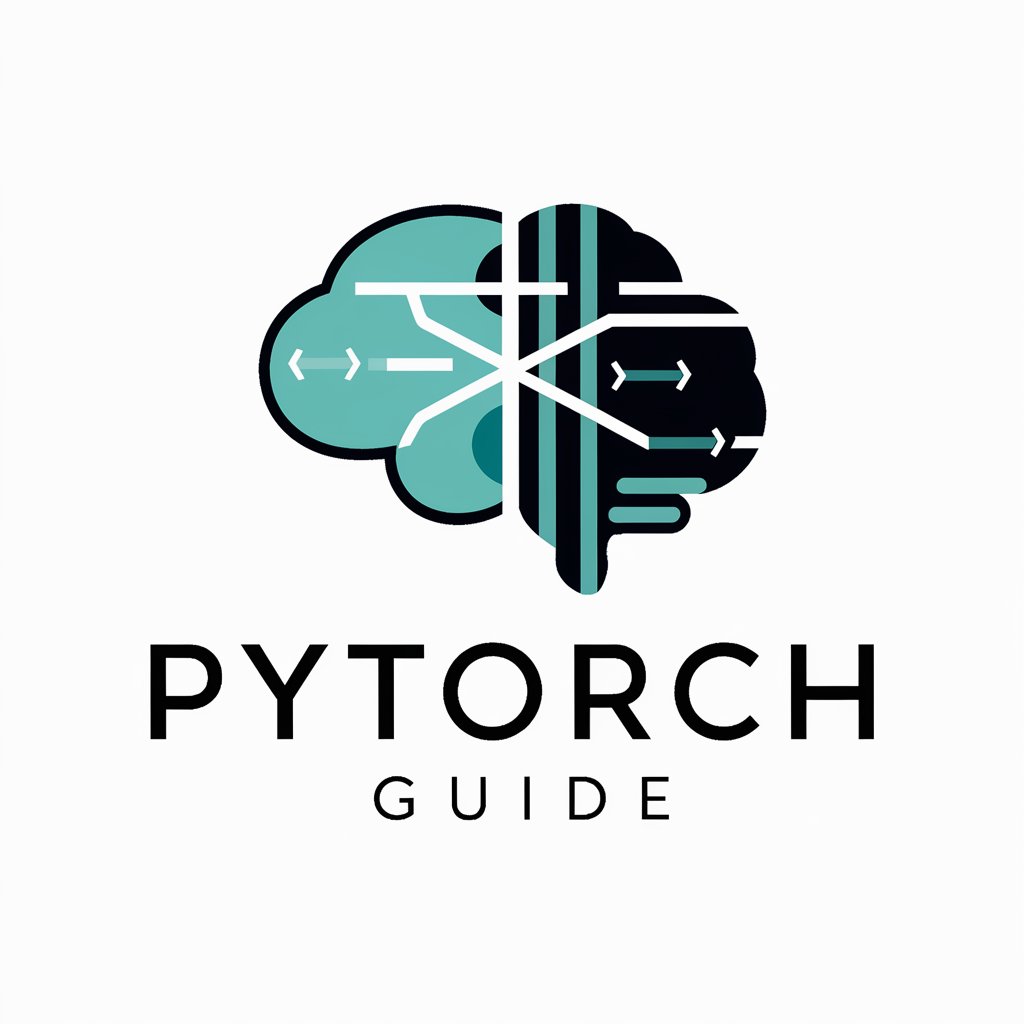
Visual Tale Teller
Crafting stories, powered by AI.

Habit Coach
Empowering Your Fitness Journey with AI

Marathon Coach
Run smarter, not harder, with AI.

Humanitas Coach
Empowering medical learning with AI

Ultra Coach
Your AI-powered guide to ultramarathon success.

Business Lawyer
Empowering legal decisions with AI-driven insights.

Business Analyst
AI-powered Strategic Business Insights

Science Teacher
Unlocking the mysteries of science with AI.

Homework Helper
Empowering students with AI-driven homework assistance.

Homework Helper
Empowering Learning with AI

Homework Helper
Your AI-powered study partner.

PyTorch Debugger Q&A
What is PyTorch Debugger primarily used for?
PyTorch Debugger is designed to help developers debug PyTorch code more efficiently. It allows for inspection of tensors, gradients, and the computational graph, making it easier to identify and fix issues.
Can PyTorch Debugger help with performance optimization?
Yes, by providing insights into the execution of PyTorch code, including tensor operations and gradient flows, PyTorch Debugger can help identify bottlenecks and optimize model performance.
How does PyTorch Debugger interact with existing PyTorch projects?
It seamlessly integrates into existing PyTorch projects by wrapping models or specific code sections, requiring minimal changes to the codebase while offering deep debugging capabilities.
Does PyTorch Debugger support all PyTorch versions?
PyTorch Debugger aims to support a wide range of PyTorch versions, but it's best to check the documentation for compatibility with specific versions, especially newer or older ones.
Is there a way to visualize the computational graph in PyTorch Debugger?
Yes, PyTorch Debugger includes features for visualizing the computational graph, helping developers understand the flow of operations and track issues more visually.

